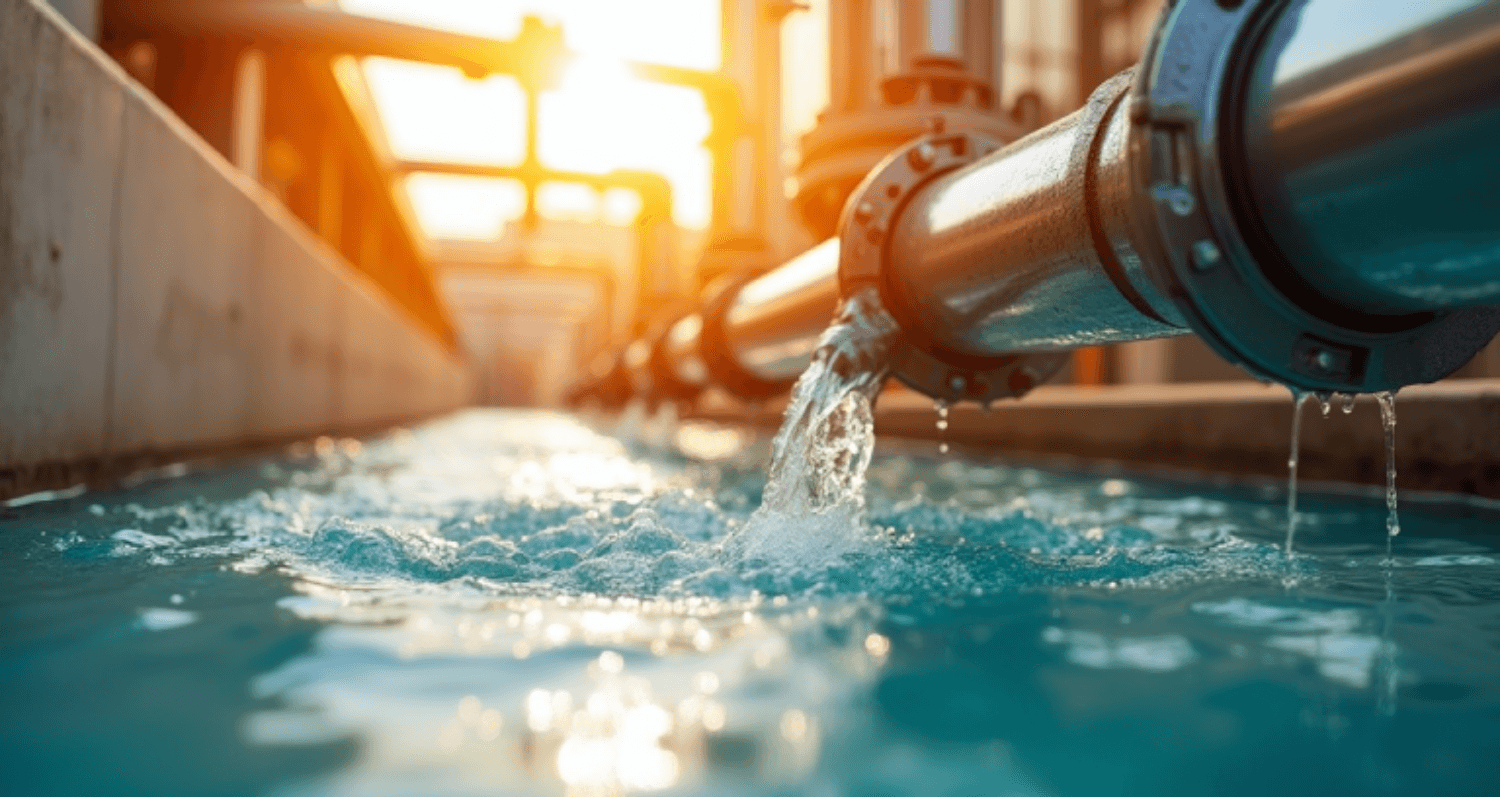In many homes, offices or industrial settings, water pressure can be a common issue. Whether you are attempting to take a shower, run an irrigation system for a farm or deal with a multi-story building’s plumbing, low water pressure can interrupt everyday living. This is where a booster pump can be a useful tool.
Welcome to our ultimate booster pump comprehensive guide. We’ll be sharing everything you need to know about booster pumps, how they work, the different types of booster pumps and their uses, and the most frequently asked questions.
What is a Booster Pump?
A booster pump is a mechanical device that increases water pressure and flow rate in residential, commercial, and industrial water systems. It can help maintain consistent water pressure in systems with varying demand or distance from the water source, such as multi-story buildings, irrigation systems, and areas with inconsistent water supply.
It essentially “boosts” the water coming from a source like a tank, reservoir, or municipal line, making it more powerful and effective for end-use purposes.
How Does a Water Booster Pump Work?
A water booster pump operates similarly to a fan. It uses a motor and impellers to draw water in through the inlet, increase the water pressure by spinning the impellers, and forcefully push it through the outlet.
It is commonly installed in line with the water system and can be used alongside other components like pressure tanks, sensors, and control panels to automate performance.
Why Do You Need a Domestic Water Booster Pump?
Need more water pressure in your home? If you find you have low water pressure during peak times or you live in a high rise apartment, a domestic water booster pump will be the answer to your prayers. It provides:
- Better shower and tap flow
- Better water pressure to higher floors
- Improved operation of washing machines or dishwashers
These pumps are small, quiet, and energy-efficient – perfect for residential use.
What Is the Ideal Booster Pump Level for Your Home or Building?
Booster pump level is the pressure level which it delivers. This is specified in bars or PSI (pounds per square inch). The optimum booster pump level will vary according to:
- Number of outlets (taps, showers etc.)
- Number of floors
- Distance from the water source
Typically for domestic applications a booster pump of 2-4 bars will be adequate. Commercial systems may require higher levels of 5 to 10 bars or more.
What Are the Benefits of Installing a Pressure Pump?
A pressure pump increases and maintains the water pressure and provides even flow, no matter the height or number of fixtures or the water demand. A few advantages are enlisted below:
- No low pressure: It does not let the pressure drop when there are multiple simultaneous draw-offs..
- Better Appliance Operation: Pressure pumps allow appliances such as geysers, water filters, dishwashers to operate at their best.
- Water and Time saving: Helps you save time as water flows faster and thus less time is wasted..
What Are Pressure Pumps for Water Tanks Used For?
Pressure pumps for water tanks are engineered to intake water from an overhead or underground tank and to dispense water to the entire building without any pressure loss and with the assurance of a continuous supply.
Applications include:
- Supplying water to multi-story homes
- Ensuring steady irrigation in agricultural fields
- Supporting water needs in commercial buildings like hotels and schools
When Should You Use a Water Pressure Pump?
A water pressure pump is essential when:
- When the water pressure is low and water is not coming out of the taps or showerheads fast
- When you are getting water from a tank and not directly from the main supply
- If you are using rain water harvesting systems or long pipe systems
Installing a water pressure pump system gives you a worry-free and hassle-free water supply.
How Is a High Pressure Pump Different From Standard Ones?
A high pressure pump is a device which can provide a much higher water pressure compared to regular booster pumps. These pumps are mostly used in:
- Industrial washing machines
- Skyscraper commercial buildings
- Reverse osmosis (RO) Water treatment plants
- Farm sprayers
These pumps work at higher PSI (up to 1000 PSI or above) and because of the extremely high water pressure that they are capable of outputting, they are made out of much stronger material and have higher safety controls built in.
What Are the Types of Booster Pumps?
There are several types of booster pumps available based on usage and build:
- Single-stage Booster Pumps – Suitable for basic residential needs
- Multi-stage Booster Pumps – Ideal for high-rise buildings or large applications
- Centrifugal Booster Pumps – Common in industrial applications
- Jet Booster Pumps – Useful for pulling water from deep sources
- Variable Speed Booster Pumps (VFD) – Automatically adjusts speed based on demand
Choosing the right type depends on water source, elevation, pipe layout, and usage.
How to Choose the Right Booster Pump?
When choosing a booster pump, take these factors into account:
- Flow Rate: Measured in litres per minute (LPM) or gallons per minute (GPM)
- Pressure Requirements: Ensure the pump can meet your system’s pressure needs
- Power Supply: Single-phase for homes, three-phase for commercial setups
- Noise Levels: Opt for low-noise models in residential areas
- Material Quality: Stainless steel impellers offer durability and corrosion resistance
Consulting with a plumbing or pump expert is always advisable before purchasing.
